Mountain Stewardship: Leave No Trace, Protect the Earth
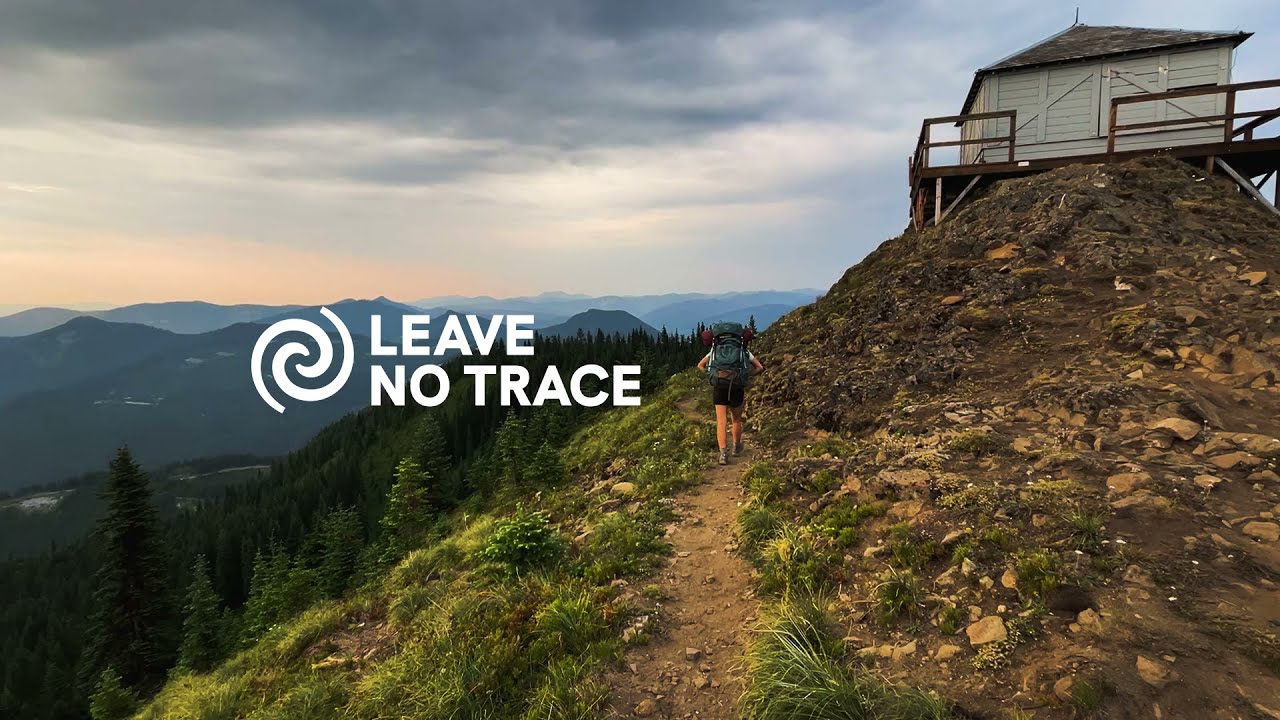
What is Leave No Trace?
Leave No Trace, often abbreviated as LNT, describes a set of best principles and practices for enjoying and protecting our outdoor spaces by minimizing the impact of human activities on the natural environment.
The Leave No Trace philosophy emphasizes the importance of preserving the natural beauty of outdoor spaces for future generations by encouraging outdoor enthusiasts to leave the environment as they found it, if not better.
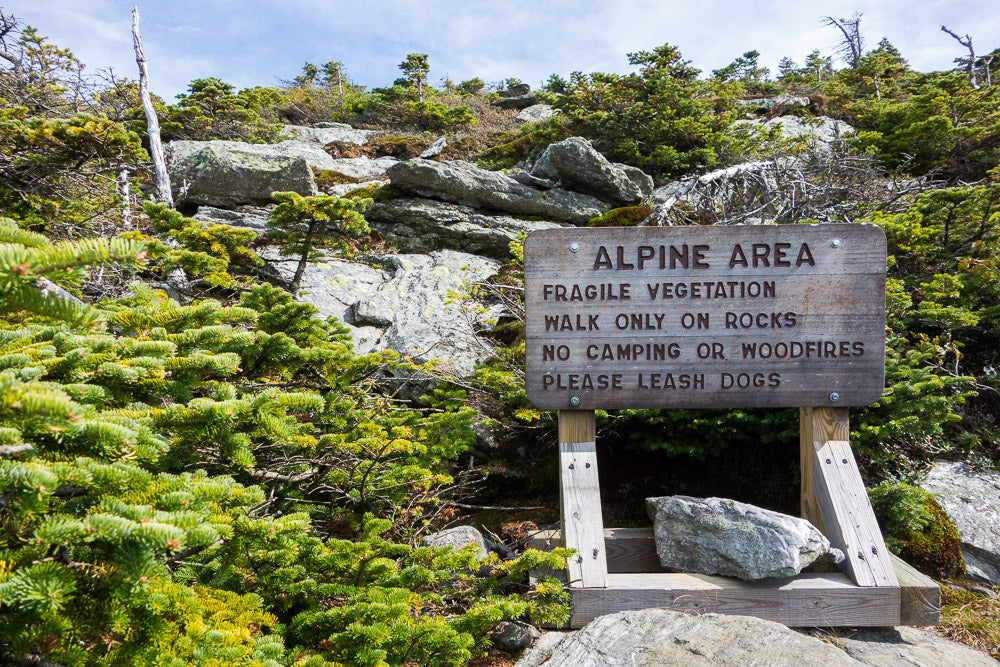
The seven principles of Leave No Trace include:
1. Plan ahead and prepare
The primary principle of Leave No Trace is founded on sound logic and prudent decision-making.
To ensure a successful outdoor experience, it is crucial to plan ahead and prepare accordingly.
One essential step in this process is to investigate the regulations for the destination you intend to visit. You may accomplish this by consulting with a ranger or researching online resources.
Upon arrival, it is advisable to scrutinize posted guidelines and, if feasible, consult with a ranger in person to obtain the most current information.
Keep in mind that specific areas may have constraints on campsites, campfires, and regulations regarding the storage of food.
It is imperative to abide by these rules and adhere to established protocols.
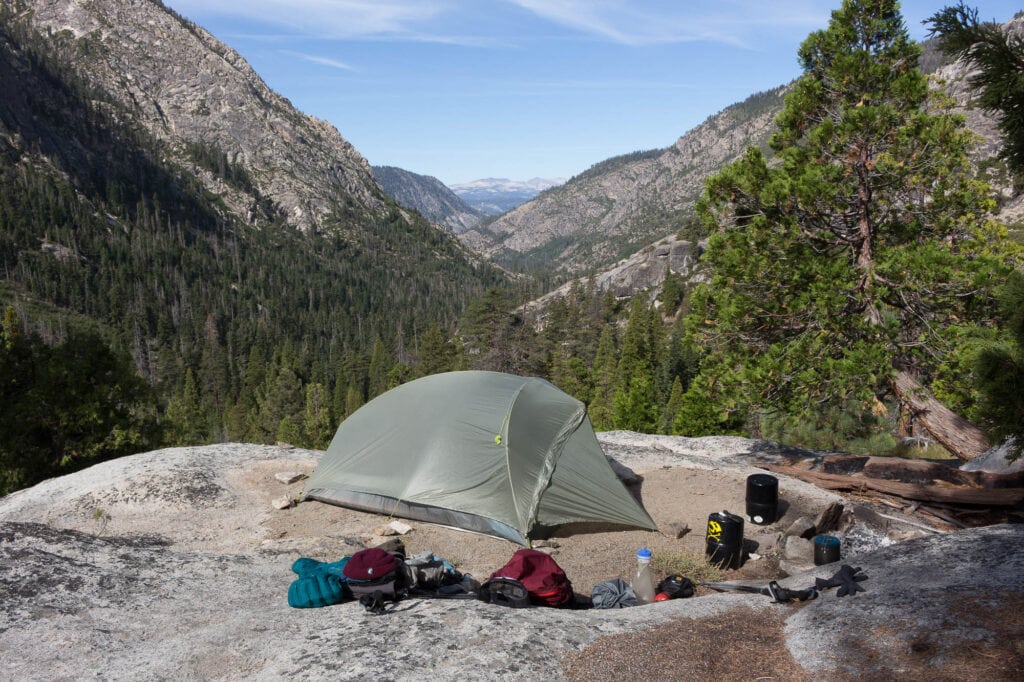
2. Travel and camp on durable surfaces
The second principle of Leave No Trace emphasizes the importance of minimizing your impact on the environment by traveling and camping on durable surfaces.
It is crucial to avoid creating new trails and stick to existing paths whenever possible.
Durable surfaces include hard-packed ground or soil with minimal vegetation and an abundance of rocks.
When selecting a campsite, it is advisable to keep it small and maintain a distance of at least 200 feet from any water source.
In addition, it is best to avoid trampling on vegetation as much as possible.
If you are camping in a pristine area without established campsites, it is essential to disperse your camp even further to reduce the impact on any one area.
This will minimize the impact you create and prevent others from camping in the same location, thereby preserving the environment.
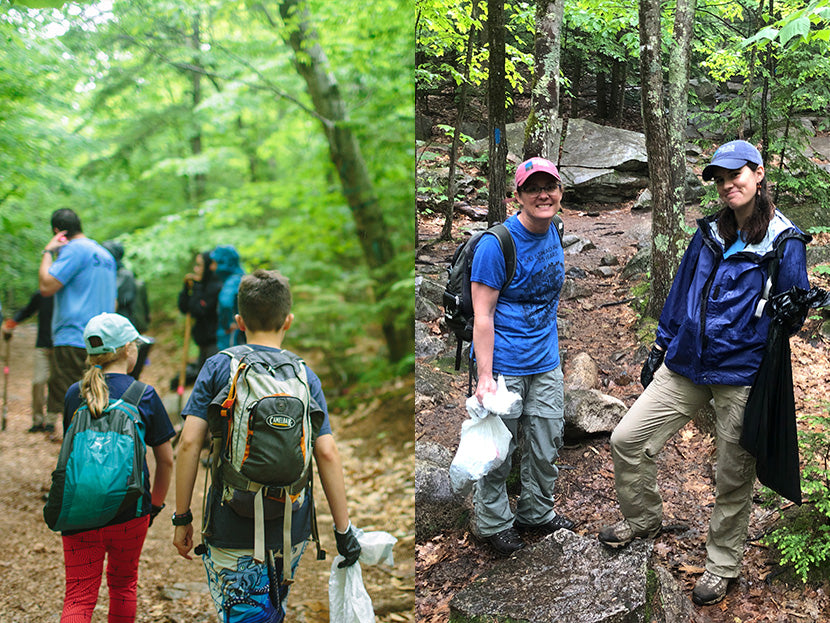
3. Dispose of waste properly
The third Leave No Trace principle emphasizes the proper disposal of waste to minimize the impact on the environment.
This involves packing out everything you bring in, including food, trash, and even spilled food to avoid attracting animals with a human scent.
When washing dishes, it is advisable to be at least 200 feet away from your campsite and any water source.
In the backcountry, it is essential to be prepared with a poop kit to dispose of human waste properly by digging a cat hole with a trowel and burying your waste, including toilet paper.
The most Leave No Trace option is to carry out toilet paper, and it is advisable to check the regulations for the area you plan to visit, as some locations may require carrying out all waste.
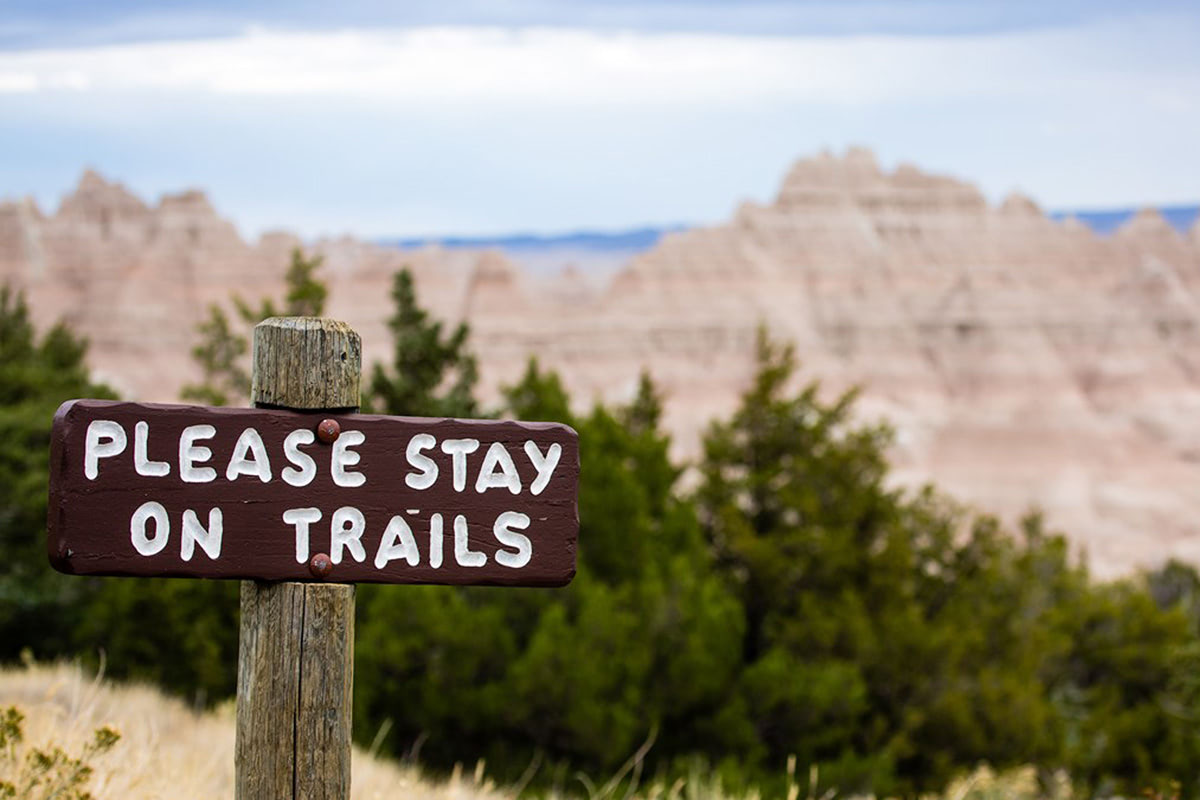
4. Leave what you find
It is essential to refrain from disturbing historic structures, natural formations, and plants in the environment.
These areas and features have been preserved for generations and should be left undisturbed for future generations to enjoy.
It is crucial to avoid being the person responsible for ruining a thousand-year-old natural wonder for others to appreciate.
When we venture into natural environments, we must remember that we are visitors and not owners. We have a responsibility to respect and preserve the natural beauty of the area we are exploring. Disturbing or removing any natural feature, be it a plant, rock, or other natural element, can have a lasting impact on the environment.
Historic structures and cultural sites are also part of the natural environment and should be treated with the same respect. These sites have often been preserved for their cultural significance and should not be altered or damaged in any way.
By leaving what we find undisturbed, we can help preserve the natural and cultural environment for future generations to enjoy. This means avoiding the temptation to take souvenirs, carve our names into trees, or move rocks around for better photo opportunities.
Remember, our actions can have lasting impacts on the environment, and we should strive to leave no trace of our visit behind. So next time you're exploring the outdoors, take only memories and leave only footprints.
5. Minimize campfire impact
The fifth Leave No Trace principle focuses on minimizing the impact of campfires when camping in outdoors. While campfires can be a magical part of the camping experience, it is important to follow some best practices to ensure that we are not causing any harm to the environment.
Before lighting a campfire, it is important to refer to the first Leave No Trace principle and check the regulations for the area where you are camping. Certain areas may prohibit campfires, so it is important to respect those rules.
If campfires are allowed, it is essential to use only the designated, already established fire pits, rings, or mounds. Using these designated areas helps to minimize the impact that the fire has on the environment. If you need to gather firewood, it is best to gather only what you find on the ground and stick to sticks and twigs that you can break by hand. Cutting wood off live trees, even if they appear to be dead, can harm the trees and disrupt the ecosystem.
Dead trees and larger logs play an essential role in the forest ecosystem, so it is best to leave them where they are. If you choose to bring your own firewood, do not bring it from home, as it may introduce invasive species or insects into the area. Instead, buy firewood locally and burn it at your campsite.
When you are finished enjoying your fire, make sure to burn the coals down to ashes and then put the fire out completely. Scattering the cool ashes can help to reduce the impact of the fire and reduce the risk of the fire spreading.
By minimizing the impact of campfires, we can help to preserve the natural environment for future generations to enjoy. Remember, we are visitors to these outdoor spaces and have a responsibility to protect them. So next time you're camping, follow these Leave No Trace principles to help preserve the beauty of the outdoors.
6. Respect wildlife
The sixth Leave No Trace principle is to respect wildlife. It is important to remember that we are visitors to the natural environment and that animals should be treated with respect and caution.
Feeding, approaching, or following wildlife can be harmful to both the animals and us. We should also avoid harassing animals or allowing our pets to do so. It is not appropriate to try to get an animal's attention for a photograph or any other reason. Instead, we should observe animals from a safe distance and respect their space.
When camping, it is also essential to store food properly to prevent animals from accessing it. This is a critical topic, and there is a separate video dedicated to it, which you can find in the link provided in the description below.
Remember, respecting wildlife is not only important for the animal's well-being, but it is also for our safety. Wild animals are unpredictable and can be dangerous if they feel threatened. By keeping our distance and observing from a safe distance, we can help preserve the natural environment and protect ourselves.
7. Be considerate of other visitors
The seventh and final Leave No Trace principle is to be considerate of other visitors. It is important to remember that we are sharing the natural environment with other people, and we should strive to make everyone's experience enjoyable.
When camping, it is best to set up camp well off the trail to avoid blocking the path for other hikers. It is also important to yield to uphill hikers and give way to any stock animals that we may encounter on the trail.
If we bring our pets, we should keep them under control and make sure they do not disturb other visitors or wildlife. We should always respect other people's space and privacy and keep noise levels to a minimum, especially in the early morning or late evening hours.
By being considerate of other visitors, we help create a positive and welcoming environment for everyone to enjoy. We can also learn from others and respect the different ways people experience and appreciate nature.
In conclusion, by following the Leave No Trace principles, we can reduce our impact on the environment and help preserve natural resources for future generations to enjoy. It is our responsibility as outdoor enthusiasts to act responsibly and respectfully when exploring the great outdoors.
If you are new to Leave No Trace, it may seem overwhelming to remember all the principles. However, just try to keep these principles in mind when making decisions, and eventually, it will become a habit.
Let's all do our part to protect and preserve this beautiful natural world. By working together and following these principles, we can ensure that future generations will have the same opportunities to enjoy and appreciate the great outdoors that we have today.









